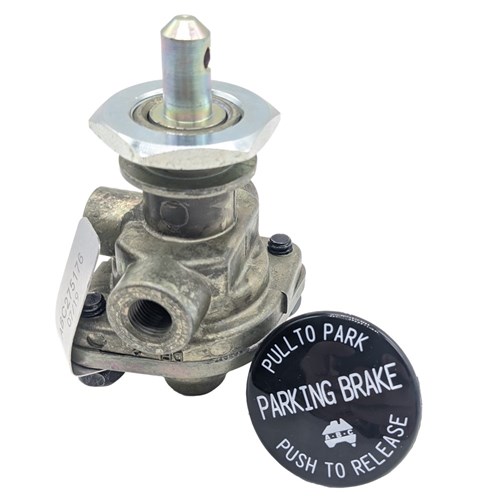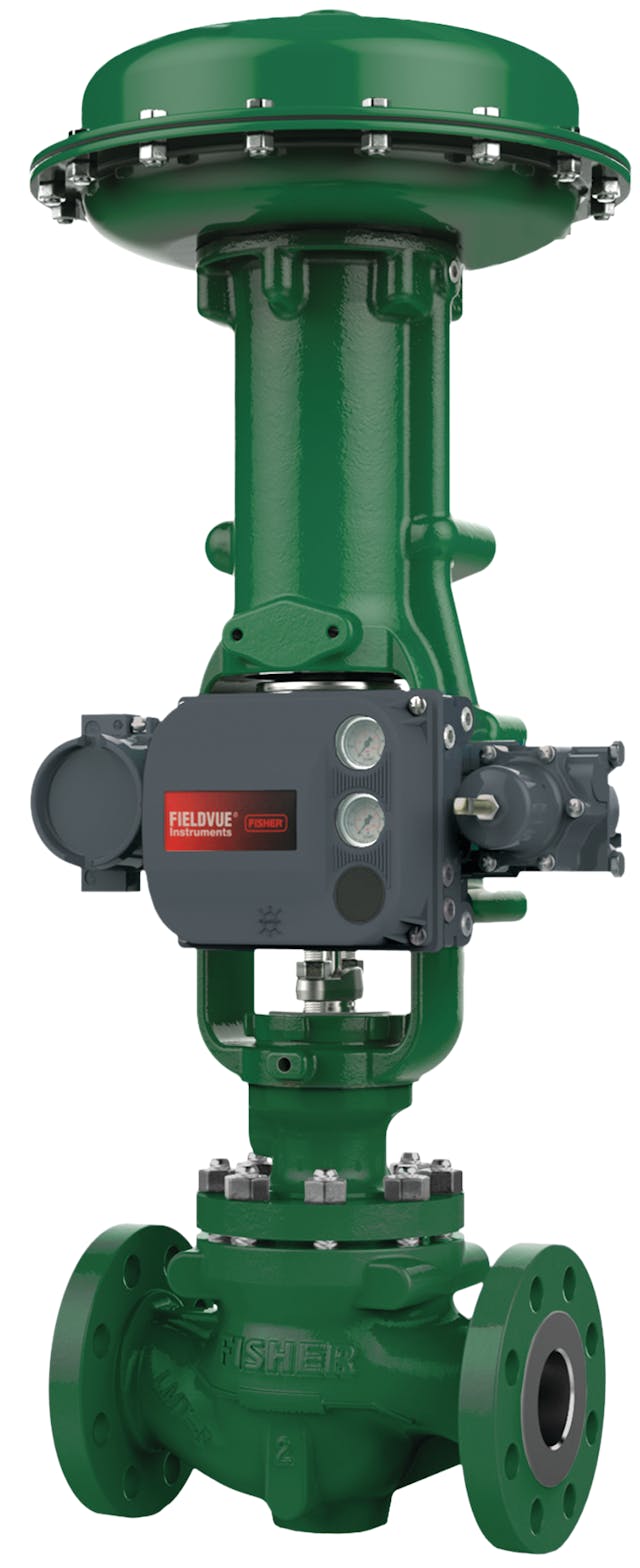Selecting the Right Control Valves: A Guide to Optimal System Efficiency
Selecting the Right Control Valves: A Guide to Optimal System Efficiency
Blog Article

Maximize Power Financial Savings and Comfort With Advanced Building Automation Controls
In the realm of contemporary design and center management, the integration of sophisticated structure automation manages stands as an essential advancement. By taking advantage of the power of automation, buildings can adapt, react, and progress in ways that were once unimaginable.
Power Performance Perks
Power performance benefits can dramatically decrease energy intake and operational prices in buildings. Energy-efficient systems, such as innovative building automation controls, can maximize the use of resources like air conditioning, lights, and heating, leading to lower energy expenditures over time.
Furthermore, improved power efficiency can lengthen the lifespan of structure equipment and systems. By operating a lot more effectively, a/c systems, lighting fixture, and various other building elements experience much less deterioration, leading to reduced upkeep and substitute costs. Furthermore, energy-efficient buildings often command higher property values and rental prices, supplying long-lasting financial benefits to proprietors.
In addition, power performance can improve owner convenience and performance. Correctly regulated interior settings with ideal illumination and thermal problems produce a more pleasant and conducive work area, bring about improved staff member contentment and performance. Overall, the power performance benefits connected with sophisticated structure automation controls are diverse, encompassing expense savings, ecological stewardship, and owner health.
Boosted Comfort Control
Enhancing comfort control in building settings needs an advanced integration of innovative automation systems for optimal passenger wellness. By making use of advanced building automation controls, facilities can customize the indoor environment to satisfy the details needs and preferences of owners. control valves.
By incorporating these advanced controls, buildings can not only enhance convenience but additionally improve power efficiency by maximizing system operations based on actual occupancy and use patterns. Eventually, prioritizing passenger convenience with innovative automation systems leads to a much more delightful and much healthier interior atmosphere.
Operational Effectiveness Improvements

Additionally, the application of real-time surveillance and analytics tools allows building operators to determine power inadequacies and operational anomalies quickly. By constantly keeping track of energy use patterns and system efficiency metrics, adjustments can be made in real-time to optimize power usage and make sure peak operational performance. control valves. Furthermore, including need reaction approaches right into building automation controls can additionally enhance operational effectiveness by dynamically adjusting energy use based upon grid conditions and here are the findings prices signals
Indoor Climate Optimization
Efficient indoor environment optimization is an essential element of structure automation controls, making certain residents' convenience and health while taking full visit this site advantage of power cost savings. By using advanced sensors and controls, developing automation systems can constantly keep track of and readjust temperature level, humidity levels, air high quality, and air flow to develop an ideal interior setting. Keeping regular and comfy problems not only boosts passenger contentment yet likewise boosts efficiency and total well-being.
Interior climate optimization likewise plays an important function in energy efficiency. By fine-tuning heating, ventilation, and cooling systems based upon real-time information and occupancy patterns, developing automation controls can significantly lower power intake - control valves. For circumstances, applying strategies such as demand-controlled air flow and thermal zoning can help decrease power waste while making sure that each location of the structure gets the required conditioning.

Lasting Atmosphere Production
Building automation manages not only maximize interior environment problems for energy performance and passenger comfort yet additionally lay the foundation for developing a sustainable atmosphere with tactical monitoring of systems and resources. By integrating innovative building automation modern technologies, such as sensing units, actuators, and smart software application, centers can keep an eye on and adjust energy usage in real-time to decrease waste and lower their carbon footprint. These systems enable anticipating upkeep, identifying prospective problems before they escalate and maximizing tools efficiency to enhance durability and performance.
Furthermore, sustainable atmosphere development prolongs beyond power monitoring to encompass water conservation, waste reduction, and interior air quality improvement. Building automation controls can regulate water usage, identify leakages, and ensure appropriate waste disposal techniques, adding to total sustainability efforts. Additionally, by checking and managing air flow and filtration systems, visite site these modern technologies boost occupant wellness and performance while decreasing power usage connected with a/c procedures.
Final Thought
To conclude, advanced structure automation manages offer considerable advantages in terms of energy savings, convenience control, operational effectiveness, interior environment optimization, and developing a lasting setting. By implementing these controls, structures can attain ideal efficiency while reducing power usage and boosting resident convenience. It is evident that using innovative automation technology is important in boosting building performance and developing an extra sustainable future.
Energy efficiency benefits can significantly reduce power intake and functional expenses in buildings. In general, the power efficiency benefits linked with advanced structure automation controls are diverse, including price savings, ecological stewardship, and passenger well-being.
Additionally, including demand action strategies into building automation controls can even more enhance operational performance by dynamically adjusting energy use based on grid problems and prices signals.
Building automation manages not just maximize interior climate problems for energy efficiency and occupant convenience yet likewise lay the foundation for creating a sustainable atmosphere via calculated management of sources and systems.In final thought, progressed structure automation manages offer substantial benefits in terms of power cost savings, convenience control, functional effectiveness, indoor environment optimization, and producing a lasting atmosphere.
Report this page